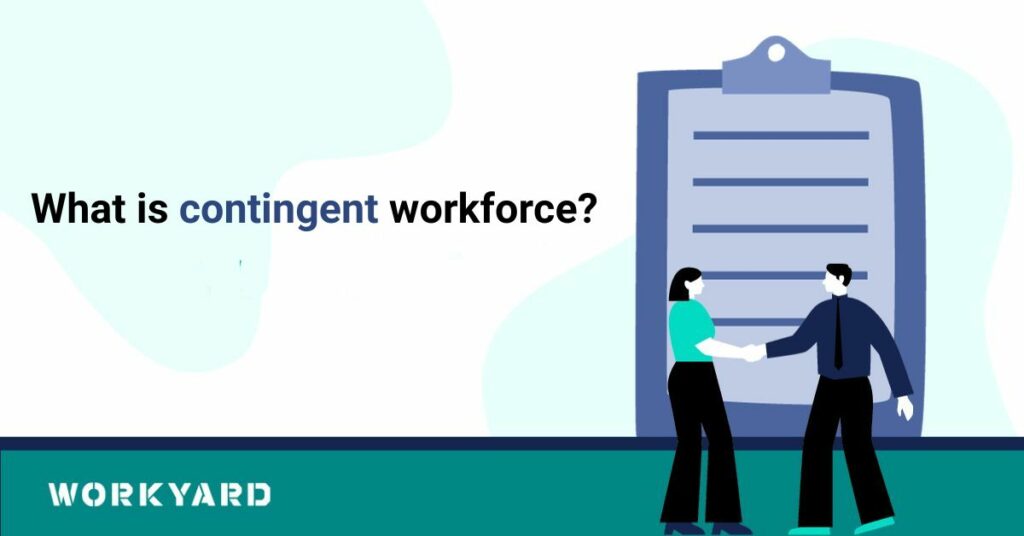A contingent workforce comprises individuals hired by organizations on a non-permanent basis, often serving as temporary, freelance, contract, or part-time workers rather than full-time, permanent employees. This workforce model allows businesses to flexibly adjust staffing levels based on fluctuating demand, project-specific requirements, or strategic objectives, fostering agility and cost-efficiency.
Characteristics and Types of Contingent Workers
- Temporary Workers: Employed for short-term assignments, seasonal demands, or specific projects, temporary workers offer organizations flexibility in managing workload fluctuations without long-term commitments.
- Freelancers and Independent Contractors: Freelancers provide specialized skills or services on a project basis, offering expertise, flexibility, and scalability without the overhead associated with permanent hires.
- Contractual Arrangements: Contract workers engage with organizations through defined contractual agreements, specifying terms, duration, compensation, and deliverables, aligning with project requirements or organizational objectives.
Benefits of a Contingent Workforce
- Flexibility and Scalability: Organizations can adapt quickly to changing business environments, market dynamics, or project needs by leveraging a contingent workforce, optimizing resource allocation and operational efficiency.
- Specialized Expertise: Access to specialized skills, expertise, and talent pools enables organizations to address specific challenges, capitalize on emerging opportunities, and drive innovation without long-term commitments.
- Cost-Efficiency: Leveraging a contingent workforce can mitigate overhead costs associated with full-time employees, including benefits, training, onboarding, and infrastructure, aligning with budget constraints and financial objectives.
Implications and Considerations
- Regulatory Compliance: Organizations must navigate regulatory frameworks governing contingent workers, ensuring compliance with employment laws, tax obligations, contractual agreements, and worker classification criteria to mitigate risks and liabilities.
- Talent Management and Engagement: Fostering engagement, collaboration, and integration among contingent workers, permanent employees, and organizational culture remains pivotal for leveraging diverse talent pools, driving productivity, and achieving strategic objectives.

